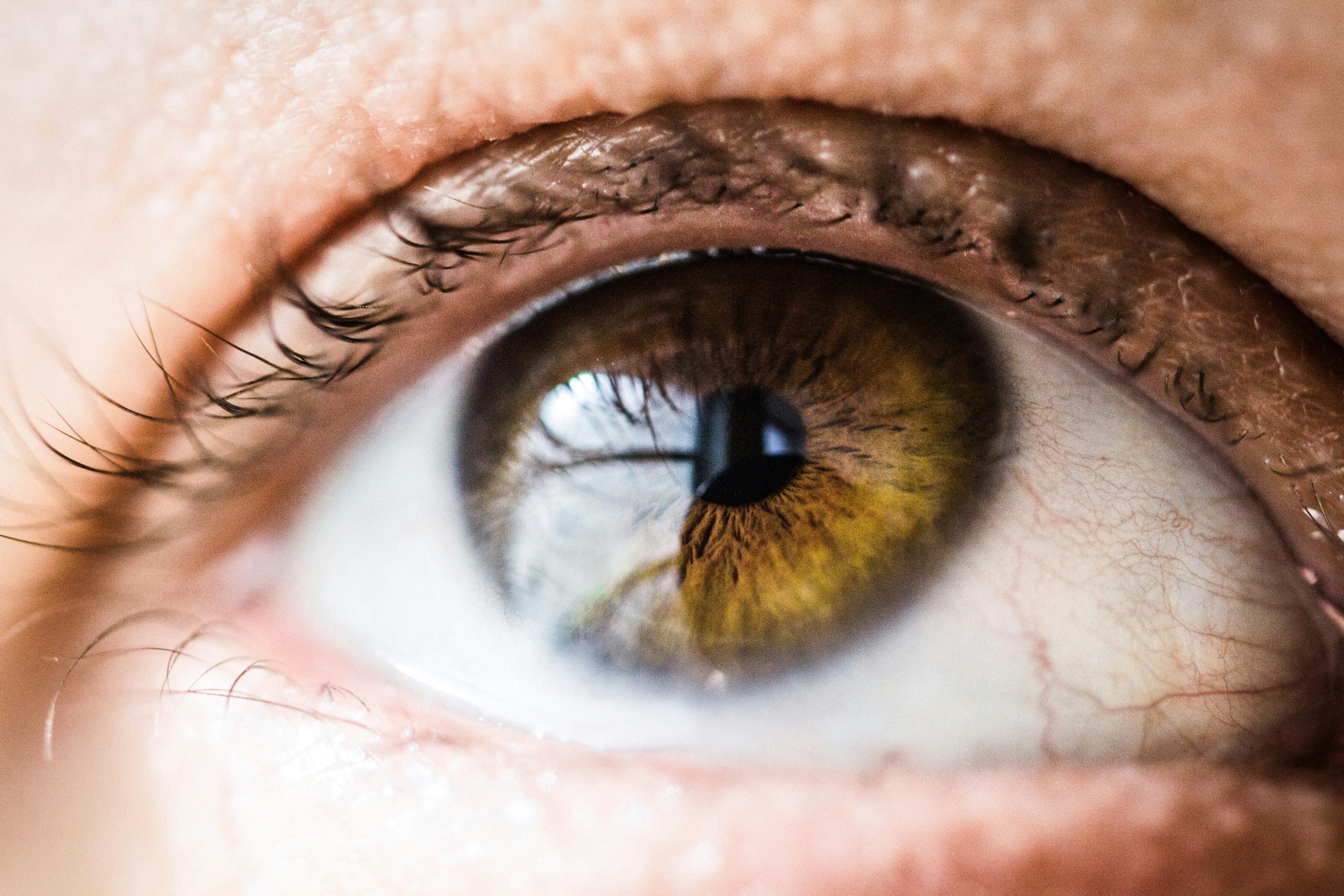The Silent Thief of Sight
Glaucoma is often called the “silent thief of sight” because it can progress with few or no symptoms in its early stages. This lack of early warning signs makes regular eye exams critical for early detection. As glaucoma advances, symptoms may start to appear, depending on the type and severity of the disease. Understanding these symptoms can help individuals recognize when to seek medical attention.
1. Primary Open-Angle Glaucoma (P.O.A.G.) Symptoms
Primary open-angle glaucoma is the most common type and progresses slowly. Early stages typically show no noticeable symptoms, which is why many people remain unaware they have the disease until vision loss occurs. Over time, individuals may experience a gradual loss of peripheral vision. By the time symptoms appear, optic nerve damage may already be significant, making early detection through routine eye exams essential.
2. Angle-Closure Glaucoma Symptoms
Angle-closure glaucoma is less common but can develop suddenly and is a medical emergency. Symptoms appear quickly and may include intense eye pain, blurred vision, severe headaches, nausea, and seeing halos around lights. These signs indicate a sudden increase in intraocular pressure (IOP), requiring immediate treatment to prevent permanent vision loss.
Other Glaucoma Symptoms
In rarer types, such as secondary glaucoma, pigmentary glaucoma, or normal-tension glaucoma, symptoms vary. Some individuals may notice intermittent blurred vision, halos, or eye pain, while others may have no symptoms until significant vision impairment develops. Because symptoms differ by type, regular eye exams and glaucoma screenings are vital, especially for those with risk factors like family history or age over 60.
Glaucoma symptoms are often subtle until the disease is advanced. Recognizing the signs and understanding the risk factors can help individuals take proactive steps to protect their vision. Regular eye exams are the most effective way to catch glaucoma early, manage it effectively, and preserve eyesight.


